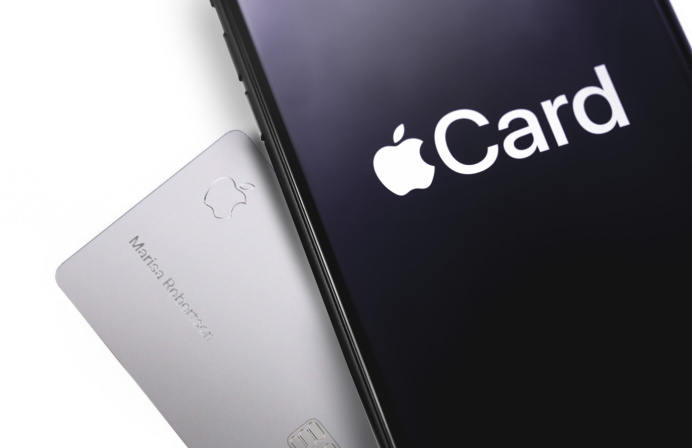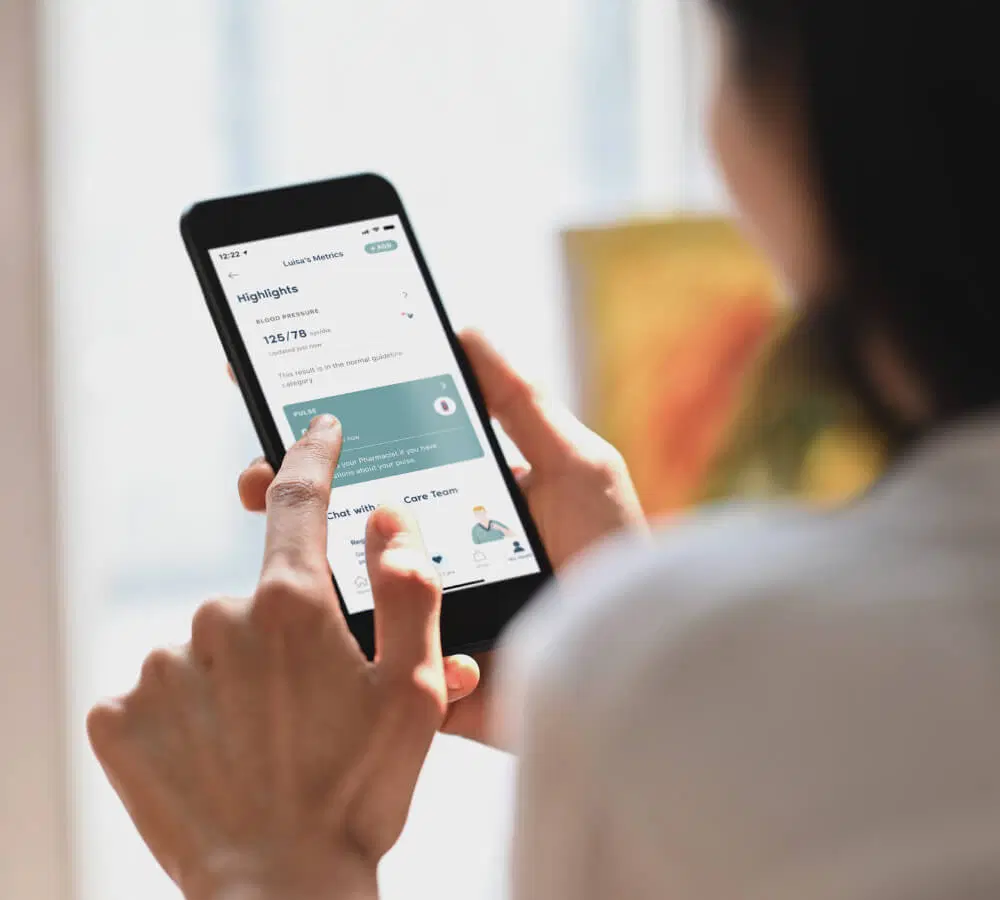
Apple has made its long-anticipated debut in the deposit-taking space, announcing the US launch of its high-yield Apple Card savings account.
Leveraging its existing partnership with Goldman Sachs – with the savings account supplied through the US-banking giant’s BaaS platform – Apple’s new deposit account offering expands on its existing credit card service, the ‘Apple Card’, launched back in 2019.
The Apple Card is designed to be used primarily through Apple Pay, Apple’s NFC chip-enabled and online payments service featured within iPhones, iPads, Apple Watch, and Mac devices. Users can set up and manage their Apple Card savings account directly from Apple’s Wallet app.
Users will also have access to a savings dashboard through the Wallet app, enabling them to track account balances and interest earned over time. Funds can also be withdrawn through the savings dashboard to a linked bank account or to their Apple Cash card.
The newly launched savings account boasts a high-yield APY [annual percentage yield] of 4.15 per cent, a rate “more than 10 times the national average”, Apple said.
The account also features no fees, no minimum deposits, and no minimum balance requirements.
“Savings helps our users get even more value out of their favourite Apple Card benefit – Daily Cash – while providing them with an easy way to save money every day,” said Jennifer Bailey, Apple’s vice president of Apple Pay and Apple Wallet.
“Our goal is to build tools that help users lead healthier financial lives, and building savings into Apple Card in Wallet enables them to spend, send, and save Daily Cash directly and seamlessly — all from one place.”
Users can also set up automatic deposits of their Daily Cash rewards – a scheme in which Apple offers a percentage of every purchase made via its Apple Card – into their savings account.
As of early 2022, the Apple Card, which is currently limited to US consumers, counts around 6.7 million users.
Early last year, Apple quietly unveiled its ‘Breakout’ initiative, intended to bring more financial services capabilities – including payments processing, risk and fraud analysis, credit checks, and customer service – in-house.
Bloomberg, which broke the story in March last year, said the move would transform the bigtech company into a “bigger force in financial services, building on a lineup that includes a credit card, peer-to-peer payments, the Wallet app and a mechanism for merchants to accept credit cards from an iPhone”.
Apple, the piece added, “is also working on its own subscription service for hardware and a buy now, pay later feature for Apple Pay transactions”.
Apple just last month launched Apple Pay Later, its buy now, pay later (BNPL) service.
Goldman Sachs has faced challenges in its Apple investment, with its Platforms Solutions, which houses the Apple card, division reportedly losing more than US$1 billion (AU$1.5 billion).





